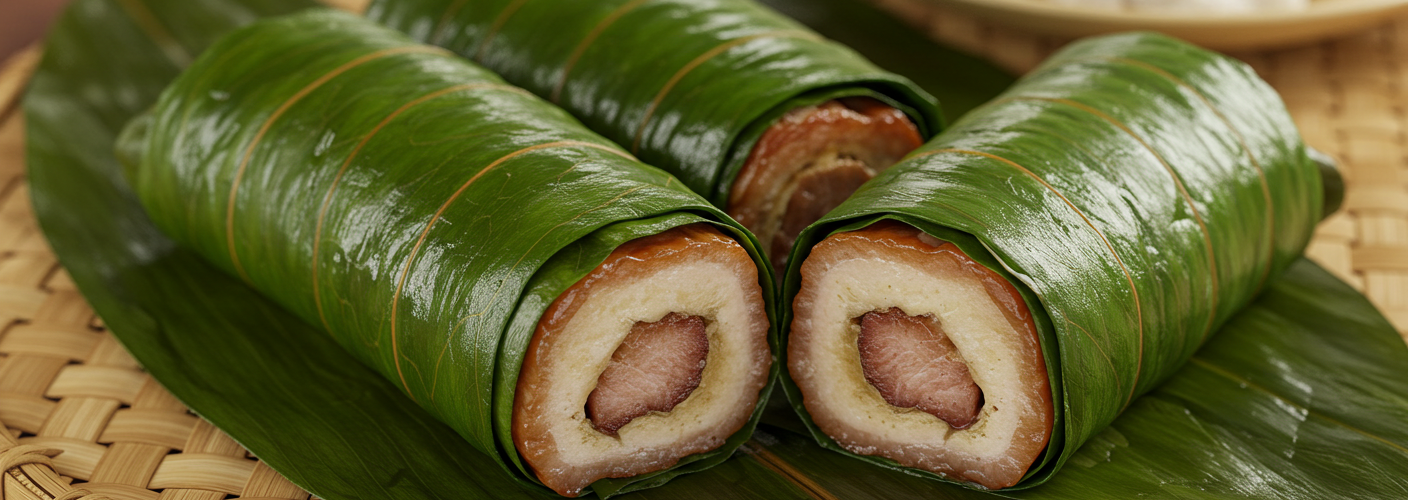Hawaii, with its picturesque landscapes and rich cultural heritage, is not only known for its breathtaking beaches and the warmth of its people but also for its delectable cuisine. Among its treasured dishes, Lau Lau stands out as a true representation of Hawaiian flavors and traditions. This traditional dish, which features pork wrapped in taro leaves, embodies the essence of ‘ohana (family) and the spirit of aloha in every bite.
At its core, Lau Lau is a comfort food that reflects the harmonious blend of indigenous ingredients and the influences of other cultures that have settled in the Hawaiian Islands. The preparation of Lau Lau is not merely a cooking process; it is a celebration of community and sharing. Traditionally, the dish consists of pork that is seasoned to perfection, often accompanied by fish, and then enveloped in hearty taro leaves. These leaves, a staple in Hawaiian agriculture, lend their unique flavor and texture to the dish while keeping the meat tender and moist during cooking.
Making Lau Lau is as much an art as it is a culinary science. It begins with selecting the best cut of pork—shoulder or butt is recommended for its balance of fat and meat. The pork is marinated with a blend of spices that may include garlic, soy sauce, and a hint of Hawaiian salt, imbuing the meat with rich flavors. Once seasoned, the pork is placed on a layer of taro leaves, often with pieces of salted fish for an extra depth of taste. Each bundle is meticulously wrapped and tied to ensure that the flavors meld together during cooking.
The cooking method for Lau Lau is just as significant as the ingredients. Traditionally, it is steamed in an underground oven known as an ‘imu’, where the heat from hot stones and banana leaves infuses the dish with a smoky aroma. This traditional method not only cooks the meat thoroughly but also enhances the overall flavor profile, resulting in a succulent dish that is both fragrant and satisfying. However, for modern cooks, steaming it in a steamer or pressure cooker can yield delicious results as well.
Lau Lau is often served with a side of rice and lomi-lomi salmon—another classic Hawaiian dish featuring fresh tomatoes, onions, and salted salmon. This combination creates a vibrant plate that showcases the freshest local ingredients while satisfying diverse palates. The final dish, with its robust flavors, tells a story of Hawaii’s agricultural abundance and culinary prowess.
For those looking to experience authentic Hawaiian culture, Lau Lau is more than just a dish; it is a way to connect with the islands’ history and community. Whether enjoyed at a backyard luau or a festive family gathering, Lau Lau embodies the spirit of togetherness and joy that defines Hawaiian traditions.
When you find yourself in Hawaii or at a Hawaiian-themed event, make sure to indulge in Lau Lau. Each bite delivers not just taste but also a glimpse into the rich tapestry of Hawaiian life. Just as every gathering brings its own flavor, Lau Lau invites you to savor the essence of the Hawaiian islands—its beauty, history, and, most importantly, its people. So, gather your loved ones, share a meal, and experience the true meaning of aloha through this iconic dish.




Add comment